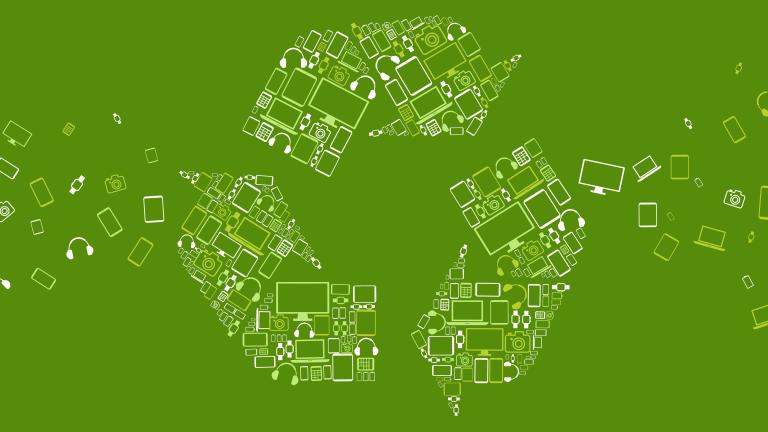
Electronic waste (e-waste) is often toxic and non-biodegradable – and with today’s advancing technologies and rising consumer demand, is accumulating rapidly in the environment. When improperly handled, e-waste can result in the release of harmful components that are dangerous to human health, as well as a loss of scarce and valuable raw materials. While effective and responsible recovery of e-waste presents a clear and vast opportunity, there are key barriers that must be addressed, such as the diverse regulatory complexities associated with transboundary movement of e-waste as well as managing mixed waste streams. A new white paper co-authored by Poushali Maji, MCSC Impact Fellow, and Susannah Calvin, Environment and Supply Chain Innovation at Apple, explores these challenges and presents some possible ways to move forward.
“Policy frameworks can play a key role in responsible material recovery by streamlining transboundary e-waste movement in a few ways – standardizing definitions and classification of e-waste, implementing permitting systems and protocols that are consistent across key geographies, digitizing transport logistics and improving availability of data on recyclers and material recovery rates for targeted recovery of specific materials,” says Maji.






